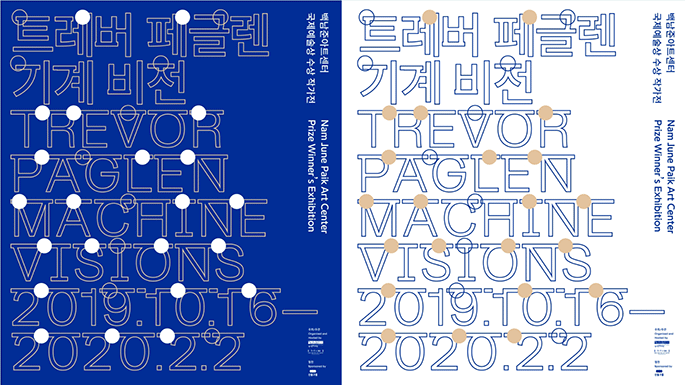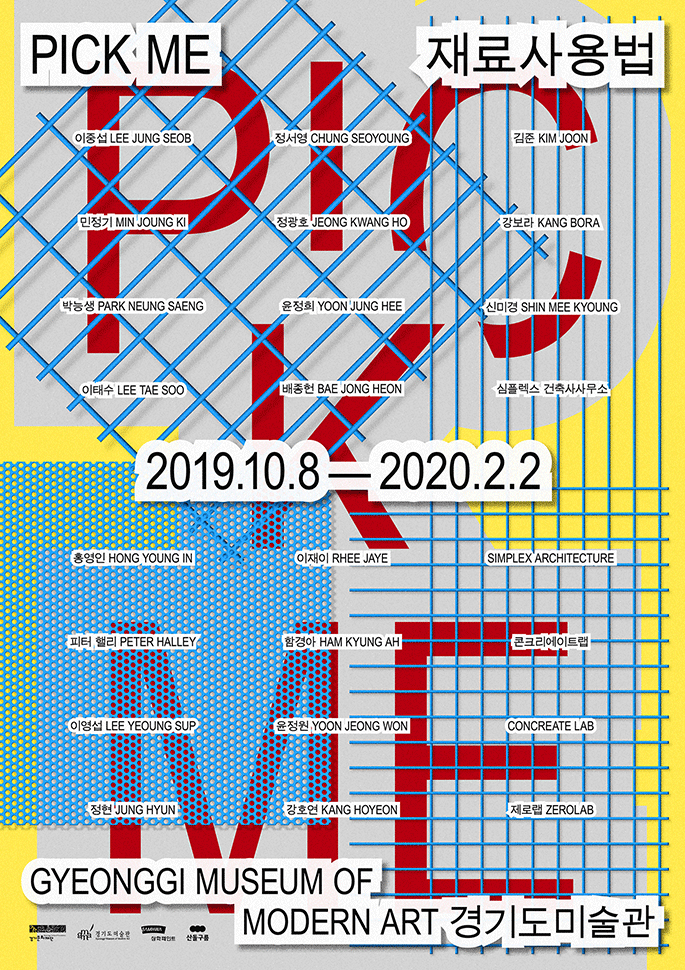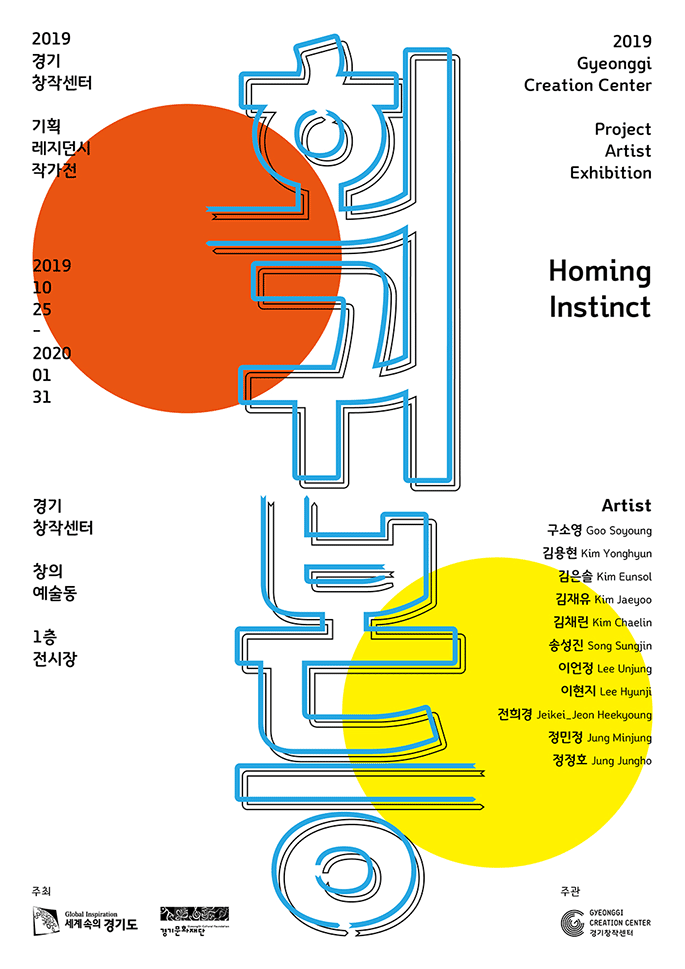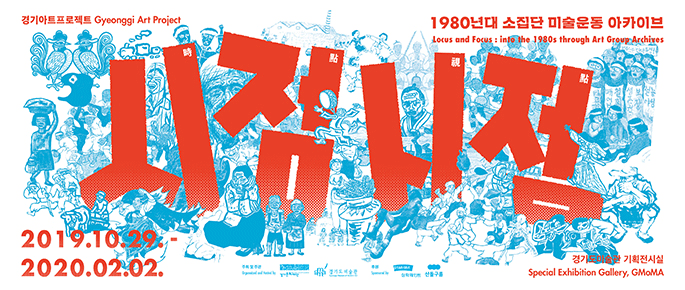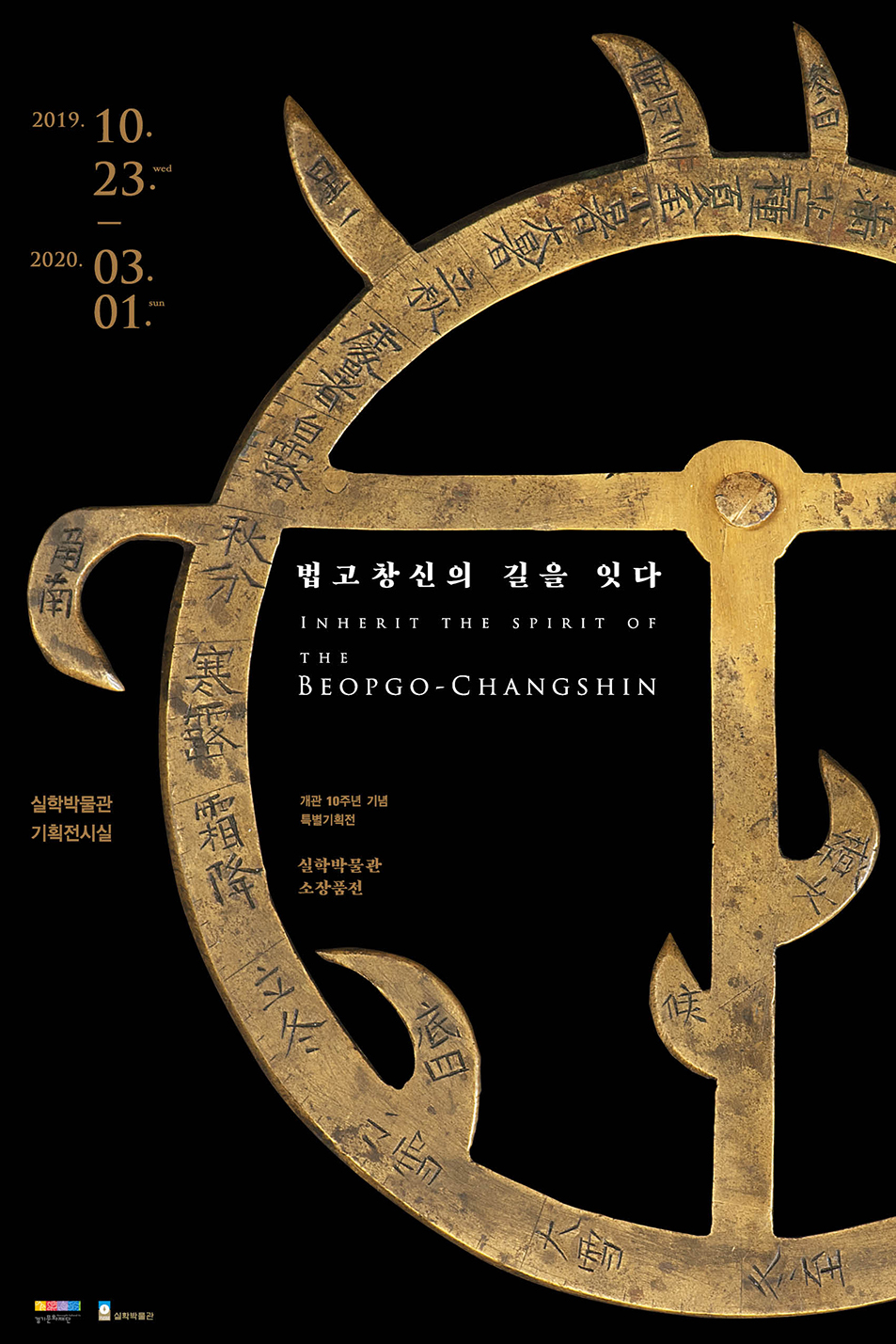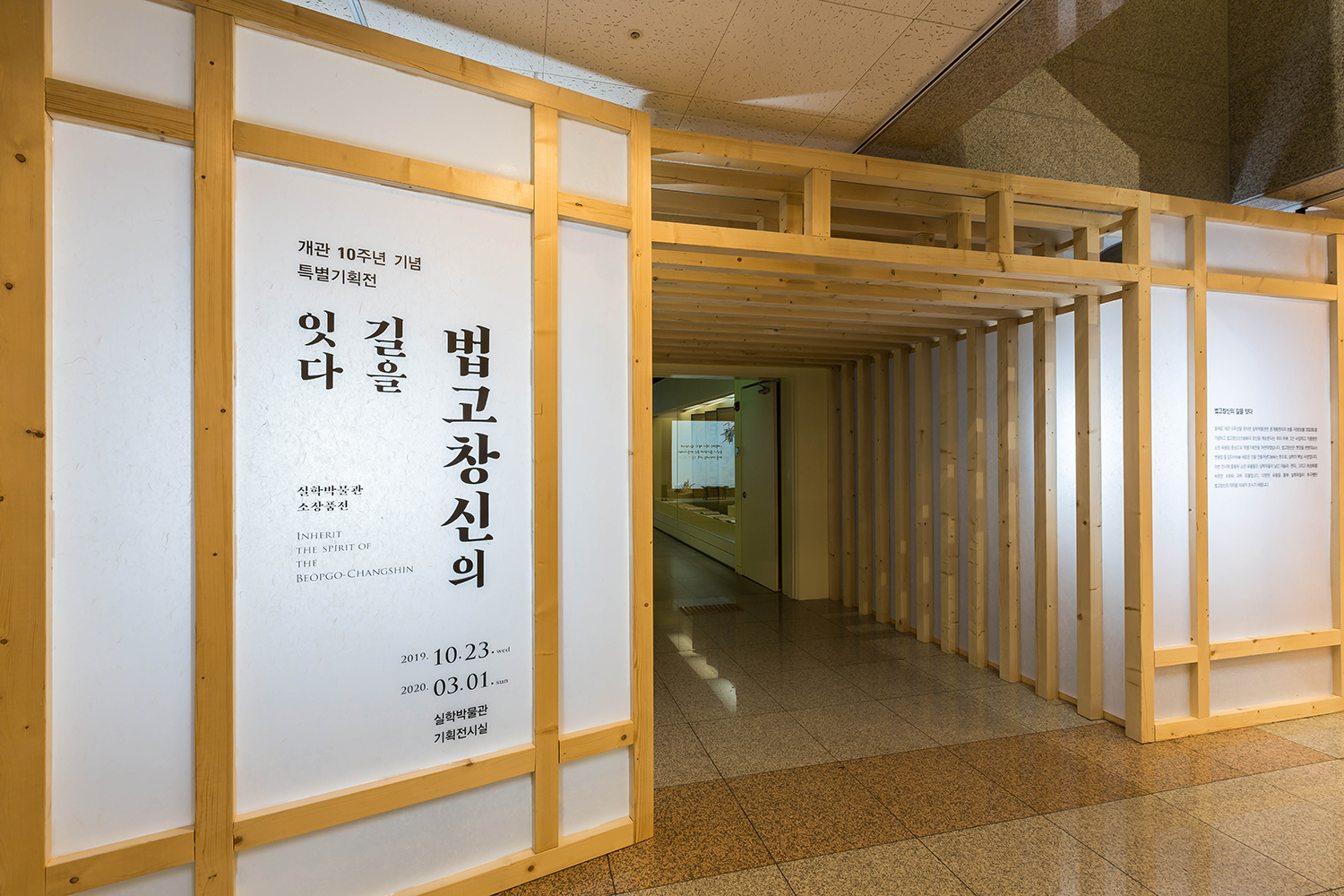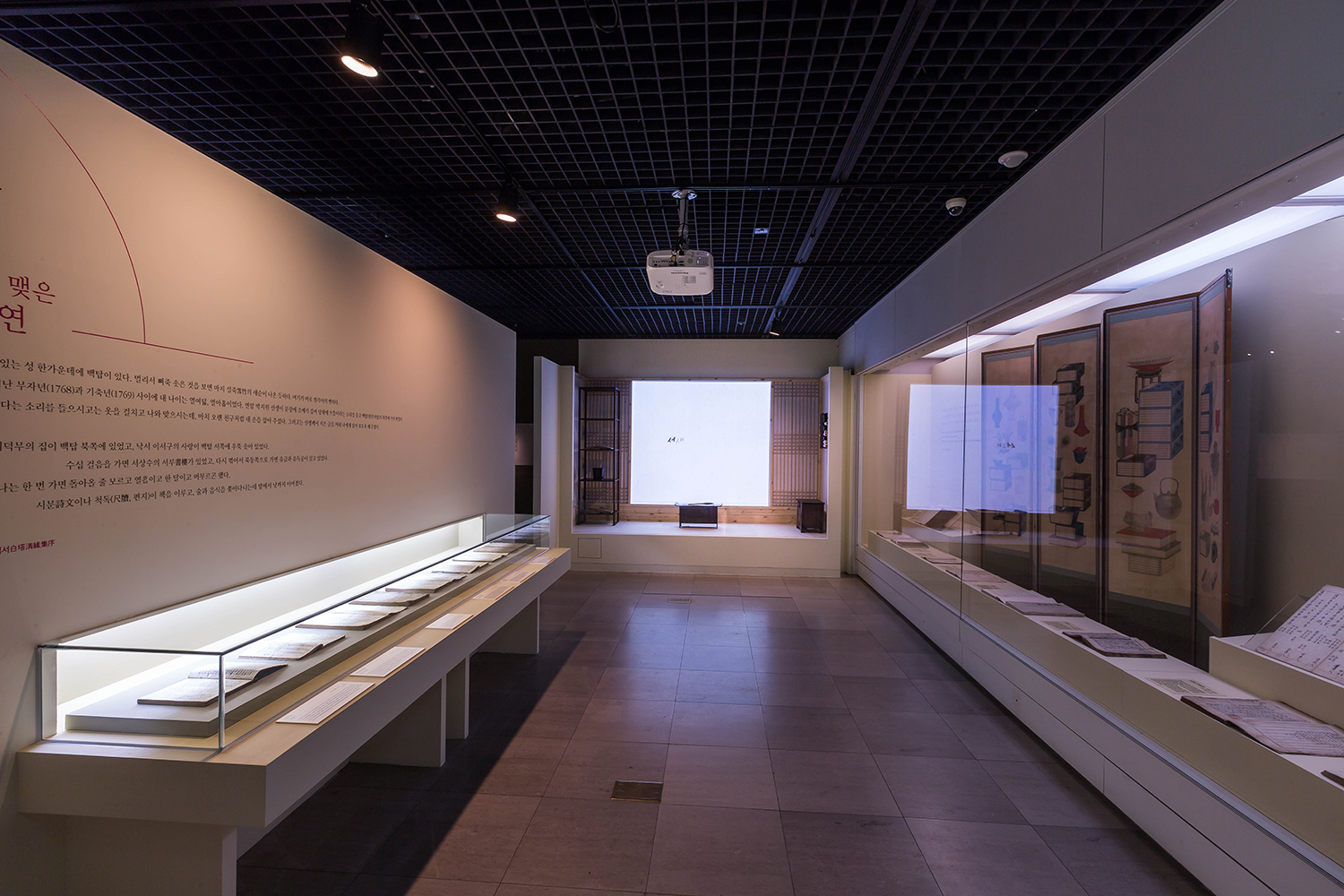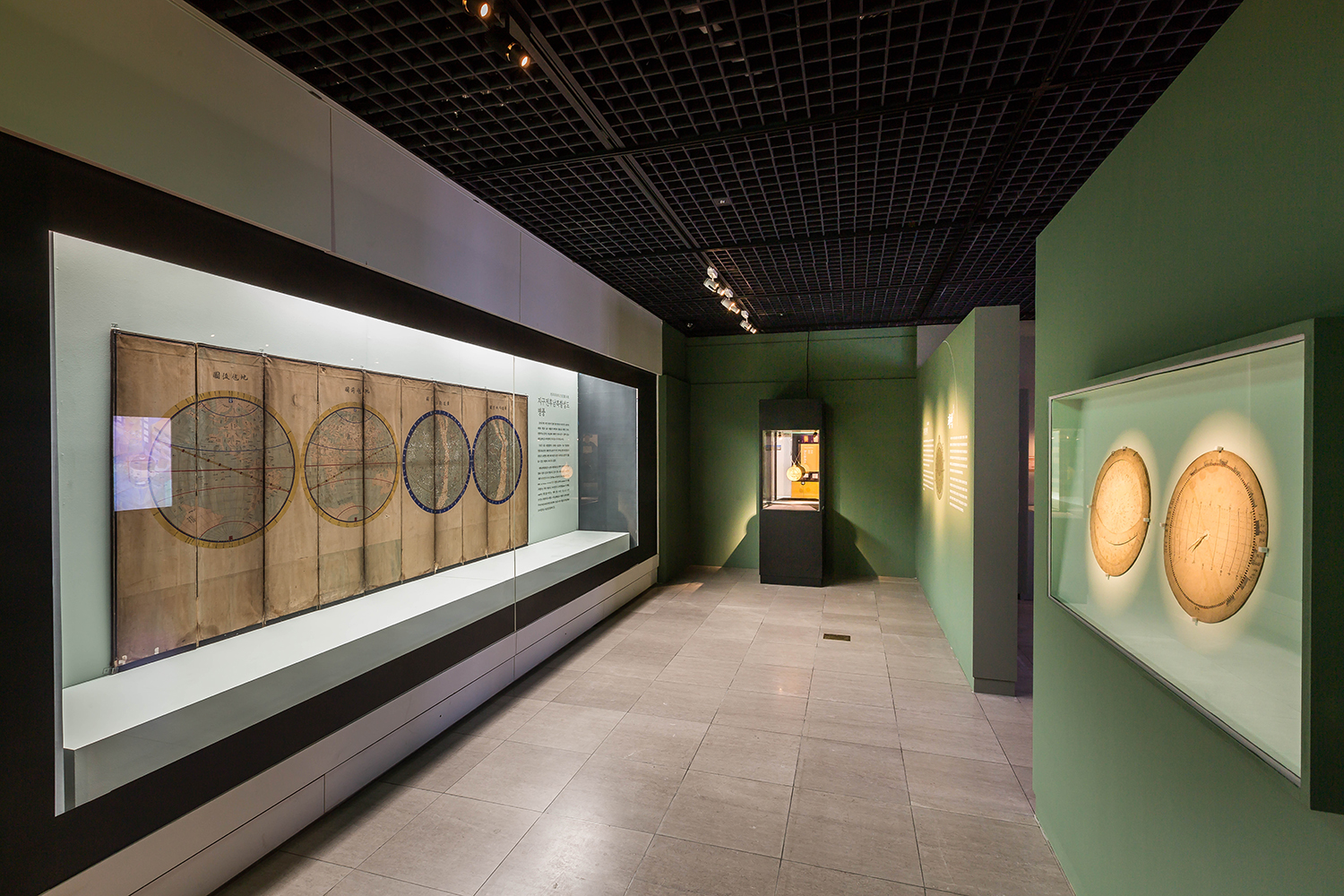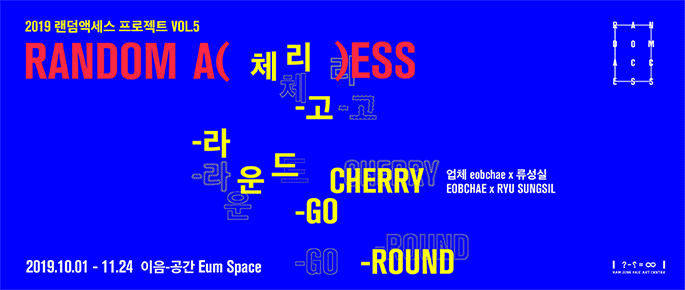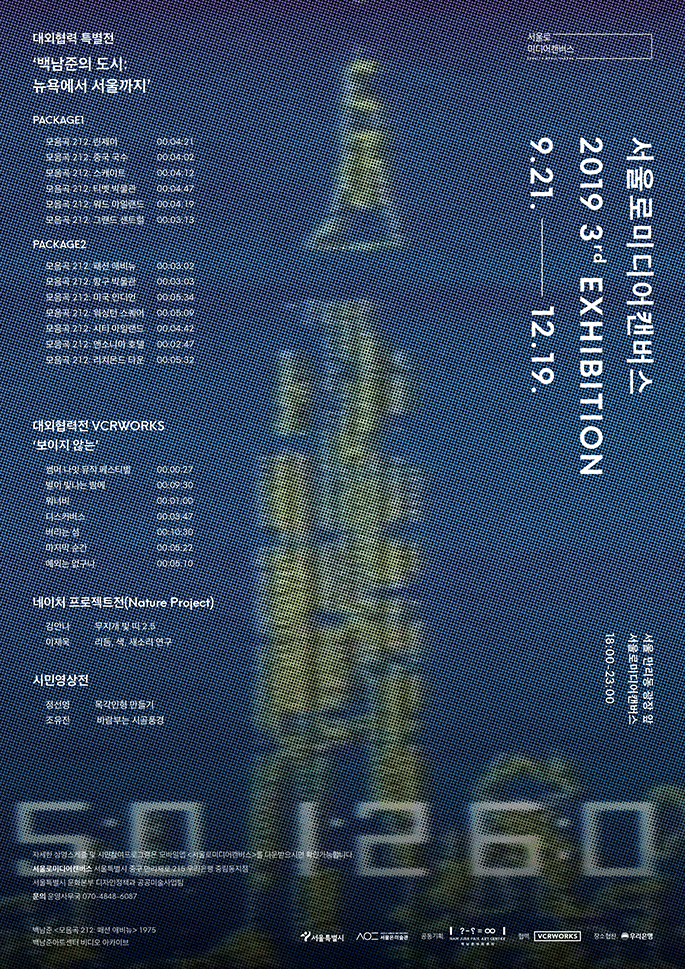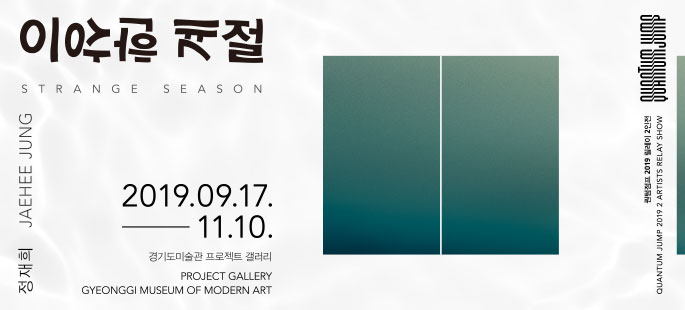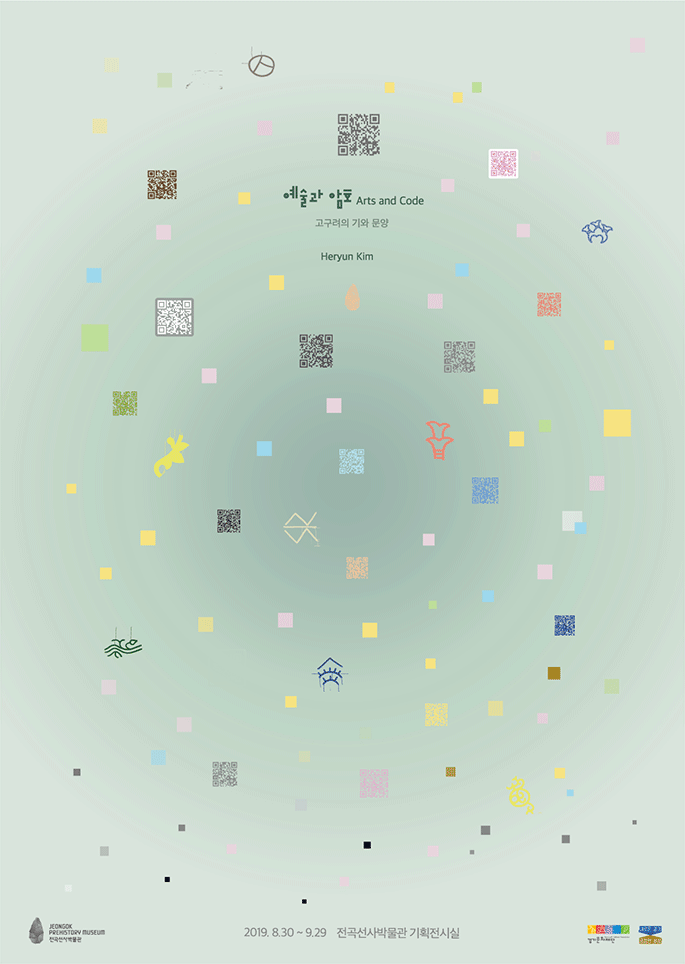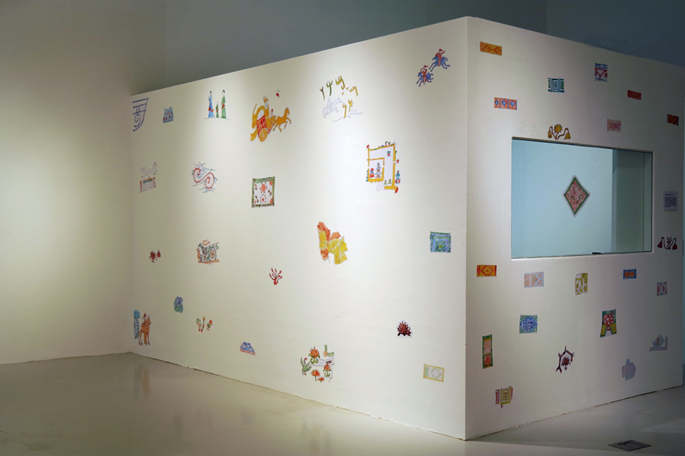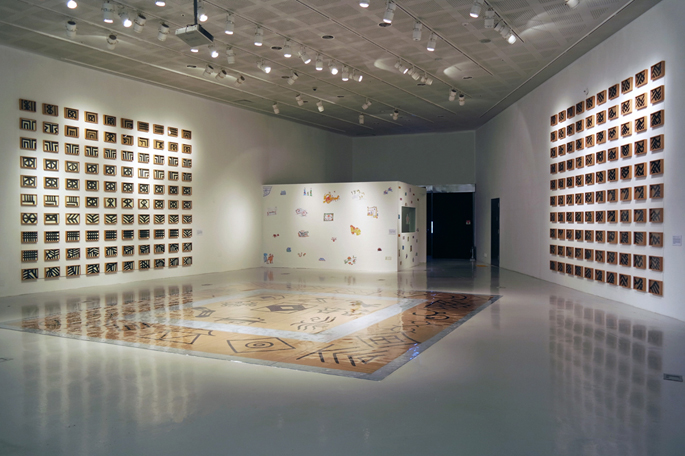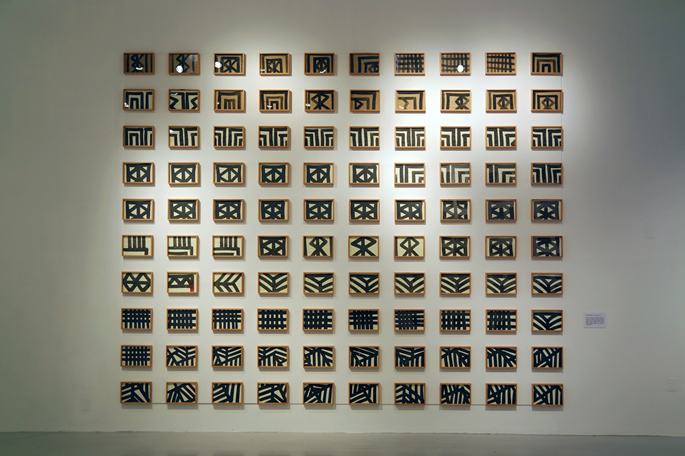Period/ 2019.10.16(Wed) ~ 2020.02.02(Sun)
Venue/ Exhibition Hall 2, Nam June Paik Art Center
Nam June Paik Art Center chose Trevor Paglen as the winner of the 2018 Nam June Paik Art Center Prize.
Kim Hong-hee, who was one of the judges for the prize, evaluated, “Trevor Paglen as an artists who uses multiple mediums, such as photos, videos, sculptures, and installations, to implicitly reveal the nature of secretive surveillance devices used by the military and intelligence agencies and he creates his own style of combining politics and aesthetics by visualizing the results of his thorough investigations and research through formative explorations in abstract colors.”
Machine Visions, Paglen’s first solo exhibition in Korea, is an exhibition that encapsulates the art world of the artist who has expanded his artworks by using various media. The exhibition title Machine Visions expresses the idea that machines have moved beyond creating images for people and now create images to operate other machines. Artificial intelligence turns imaging data into objects, senses, and people that we would recognize normally, and combines them together reformulating new shapes. They sometimes look weird, gross, or terrifying as if they were a monster or some outlandish ghoul. When faced with the results, we might ask ourselves whether technology is making the world a place we want and what it is we are really looking at.
He photographs surveillance and telecom systems scattered around the world, hubs of Internet networks (Frankfurt, Amsterdam, and London), and intelligence agency buildings built for classified military information. He notes that such power has been made possible based on infrastructure and looks directly into the system of power that secretly exists all inside the infrastructure.
Paglen hopes that his Nonfunctional Satellites remind us of how we imagine the universe. Paglen, who has turned the launch of the satellite into a pure artwork, asks us questions through his process so that we can become interested in and newly recognize the mysterious universe. He describes it as “Impossible Objects.” Satellites represented by Paglen do not perform commercial or military functions. Instead, they become artificial stars for a moment, purely for pleasure and wonder.
Calling his work “a map of the digital world’s hidden landscapes and forbidden places,” Paglen is filming distant space and the landscapes of the abyss by using high-performance optical telephoto lenses and he has been scuba diving 100 feet down into darkness of the ocean. Capturing hidden places like secret military bases and prisons, or things such as artificial intelligence, cables, and spy satellites where the data of the digital world—a repository of knowledge—have accumulated, he re-edits his own version of a political map for places not visible, or which do not appear on typical maps.
Nam June Paik Art Center Prize
The Nam June Paik Art Center Prize, which was created in 2009, is awarded by the Gyeonggi Governor to discover artists who have opened new horizons in art, who constantly experiment, and produce innovative works like Nam June Paik did. The prize has been awarded to artists and art theorists who have exemplified the spirit of Nam June Paik, combining technology and art, exploring new methods of communication, interacting with audiences, and integrating elements from various domains, across music, performance, and visual art. The 1st prize was jointly awarded to four artists (Lee Seung-taek, Ahn Eun-mi, Ceal Floyer, and Robert Adrian X). The 2nd prize in 2010 went to Bruno Latour, a French philosopher and sociologist. The prize was awarded to Doug Aitken in 2012, Haroon Mirza in 2014, and Blast Theory in 2016.
Artist Introduction Trevor Paglen was born in the US in 1974, majored in art at the School of the Art Institute of Chicago, and earned his PhD in geography from the University of California, Berkeley. His artwork was displayed in Van Abbemuseum (Netherlands), Frankfurter Kunstverein (Germany), the Metropolitan Museum of Art (US), the San Francisco Museum of Modern Art (US), the Tate Modern Museum (UK), the Smithsonian American Art Museum (US), the Louisiana Museum (Denmark), and the Israel Museum (Jerusalem). He participated in the Berlin Biennale (2016), the Gwangju Biennale (2018), and Manifesta 11 (2016).
He is also an author who has written five books under the topic of geography, classified national information, photography, and visual art. He won the Pioneer Award from the Electronic Frontier Foundation in 2014, the Academy Award for Best Documentary Feature in the US in 2015, an award from the Börse Photography Foundation in Germany in 2016, and the MacArthur Fellowship in 2017. ※ The artist’s official website:
http://www.paglen.com/
Kim Hong-hee, who was one of the judges for the prize, evaluated, “Trevor Paglen as an artists who uses multiple mediums, such as photos, videos, sculptures, and installations, to implicitly reveal the nature of secretive surveillance devices used by the military and intelligence agencies and he creates his own style of combining politics and aesthetics by visualizing the results of his thorough investigations and research through formative explorations in abstract colors.”
Machine Visions, Paglen’s first solo exhibition in Korea, is an exhibition that encapsulates the art world of the artist who has expanded his artworks by using various media. The exhibition title Machine Visions expresses the idea that machines have moved beyond creating images for people and now create images to operate other machines. Artificial intelligence turns imaging data into objects, senses, and people that we would recognize normally, and combines them together reformulating new shapes. They sometimes look weird, gross, or terrifying as if they were a monster or some outlandish ghoul. When faced with the results, we might ask ourselves whether technology is making the world a place we want and what it is we are really looking at.
He photographs surveillance and telecom systems scattered around the world, hubs of Internet networks (Frankfurt, Amsterdam, and London), and intelligence agency buildings built for classified military information. He notes that such power has been made possible based on infrastructure and looks directly into the system of power that secretly exists all inside the infrastructure.
Paglen hopes that his Nonfunctional Satellites remind us of how we imagine the universe. Paglen, who has turned the launch of the satellite into a pure artwork, asks us questions through his process so that we can become interested in and newly recognize the mysterious universe. He describes it as “Impossible Objects.” Satellites represented by Paglen do not perform commercial or military functions. Instead, they become artificial stars for a moment, purely for pleasure and wonder.
Calling his work “a map of the digital world’s hidden landscapes and forbidden places,” Paglen is filming distant space and the landscapes of the abyss by using high-performance optical telephoto lenses and he has been scuba diving 100 feet down into darkness of the ocean. Capturing hidden places like secret military bases and prisons, or things such as artificial intelligence, cables, and spy satellites where the data of the digital world—a repository of knowledge—have accumulated, he re-edits his own version of a political map for places not visible, or which do not appear on typical maps.
Nam June Paik Art Center Prize
The Nam June Paik Art Center Prize, which was created in 2009, is awarded by the Gyeonggi Governor to discover artists who have opened new horizons in art, who constantly experiment, and produce innovative works like Nam June Paik did. The prize has been awarded to artists and art theorists who have exemplified the spirit of Nam June Paik, combining technology and art, exploring new methods of communication, interacting with audiences, and integrating elements from various domains, across music, performance, and visual art. The 1st prize was jointly awarded to four artists (Lee Seung-taek, Ahn Eun-mi, Ceal Floyer, and Robert Adrian X). The 2nd prize in 2010 went to Bruno Latour, a French philosopher and sociologist. The prize was awarded to Doug Aitken in 2012, Haroon Mirza in 2014, and Blast Theory in 2016.
Artist Introduction Trevor Paglen was born in the US in 1974, majored in art at the School of the Art Institute of Chicago, and earned his PhD in geography from the University of California, Berkeley. His artwork was displayed in Van Abbemuseum (Netherlands), Frankfurter Kunstverein (Germany), the Metropolitan Museum of Art (US), the San Francisco Museum of Modern Art (US), the Tate Modern Museum (UK), the Smithsonian American Art Museum (US), the Louisiana Museum (Denmark), and the Israel Museum (Jerusalem). He participated in the Berlin Biennale (2016), the Gwangju Biennale (2018), and Manifesta 11 (2016).
He is also an author who has written five books under the topic of geography, classified national information, photography, and visual art. He won the Pioneer Award from the Electronic Frontier Foundation in 2014, the Academy Award for Best Documentary Feature in the US in 2015, an award from the Börse Photography Foundation in Germany in 2016, and the MacArthur Fellowship in 2017. ※ The artist’s official website:
http://www.paglen.com/




